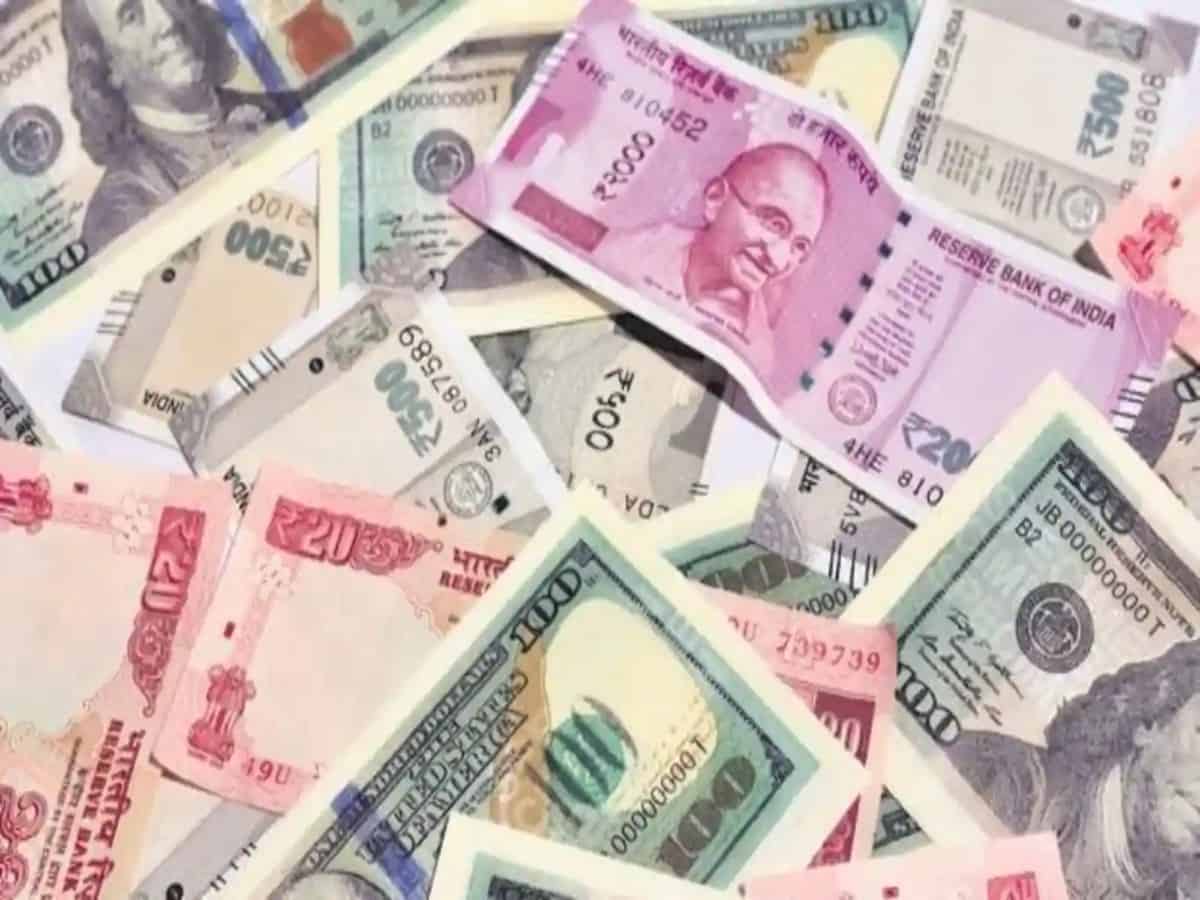
The long-awaited Consumption Expenditure Survey 2022-23, finally released after an 11-year gap. The survey captures details of households’ expenditures in India and is typically conducted every five years by the National Sample Survey Organisation (NSSO). The release of the 2017-18 report was stalled due to quality concerns, creating a significant data gap.
The final report is scheduled for release in the latter half of the year. The factsheet presents two different estimates for Monthly Per Capita Expenditure (MPCE). The first estimate follows the previous consumption expenditure surveys, which include the imputed value of home-grown goods and gifts, loans, free collection goods received in exchange for goods and services, etc. The second estimate calculates the imputed MPCE by incorporating items obtained for free through social welfare programmes, excluding. However, the value of freely given education and health services is excluded.
The average MPCE in rural areas is ₹3,773 and ₹6,459 in urban areas. Highlighting the difference between rural and urban areas, urban areas spend 71% more than rural areas. Breaking the expenditure into food and non-food items, the average MPCE on food items is revealed to be ₹1,750 in rural regions and ₹2,530 in urban centers. Meanwhile, non-food items see figures of ₹2,023 in rural areas and ₹3,929 in urban areas.
The economic divide is stark when households are categorised based on the level of expenditure. The lowest 5% of households in rural areas have an MPCE of ₹1,373, contrasting sharply with the top 5% at ₹10,501. Urban areas show a similar trend, with the lowest 5% at ₹2,001 and the top 5% at ₹20,824. The rural-urban divide is also striking as the top 5% spend 6.64 times more in rural regions and 9.4 times more in urban areas compared to the bottom 5%.
Looking at the average MPCE by household type, all households engaged in the agriculture sector either as self-employed in agriculture or regular wage/salaried in agriculture are less than the rural average. Looking based on social groups, scheduled caste, and scheduled tribes in both rural and urban areas spend less than their respective averages.
The share of expenditure on food and non-food items has changed both in rural and urban areas. In rural areas, the share of expenditure on food items has reduced from 52.9% to 46.38%. Similarly, in urban areas, the share of expenditure on food has reduced from 42.62% to 39.17%.
Looking at the breakup of how money is spent on food items, a trend emerges in food expenditure, with the proportion allocated to cereals witnessing a substantial decline. In rural India, the share dropped from 10.69% in 2010–11 to 4.89% in 2022-23 (6.9% with imputed value). Urban areas experienced a similar decrease from 6.61% to 3.62% (4.49% with imputed value). Pulses and vegetables also show a decline, although less drastic.
Conversely, expenditures on beverages and processed foods as a percentage of average MPCE have increased. In rural India, it climbed from 4.19% to 9.62%, and in urban areas, it rose from 6.35% to 10.64%. In non-food items, the share of expenditure on conveyance and durable goods has substantially increased in rural areas.
The reduction in the proportion of expenditure on food items is a sign of increasing income and the ability of households to spend on items other than food. A 2024 article in the Wire, authored by Deepanshu Mohan and Aryan Govindakrishnan, mentioned the period between 2012-13 and 2022-23 faced the issues of rising inflation coupled with stagnated real wages. A concern is whether the fall in the average share of nutrient-rich foods like pulses, cereals, and vegetables is merely a sign of increased income, especially for households that are in the lower band of expenditure.
However, the factsheet states various changes made in the way the survey was conducted. Hence, a direct comparison with previous survey estimates might not be accurate. A 2024 article in the Wire by Santosh Mehrotra and Rakesh Ranjan Kumar also raised the same concern. The release of the final report will give more in-depth details of the expenditure which will be helpful in better gauging the quality of life of the households in India.
Apoorva is a Research Associate at the Centre for Development Policy and Practice (CDPP). She has a Master’s degree in Economics from the Jindal School of Government and Public Policy. Her areas of research include development economics, education, and gender.



